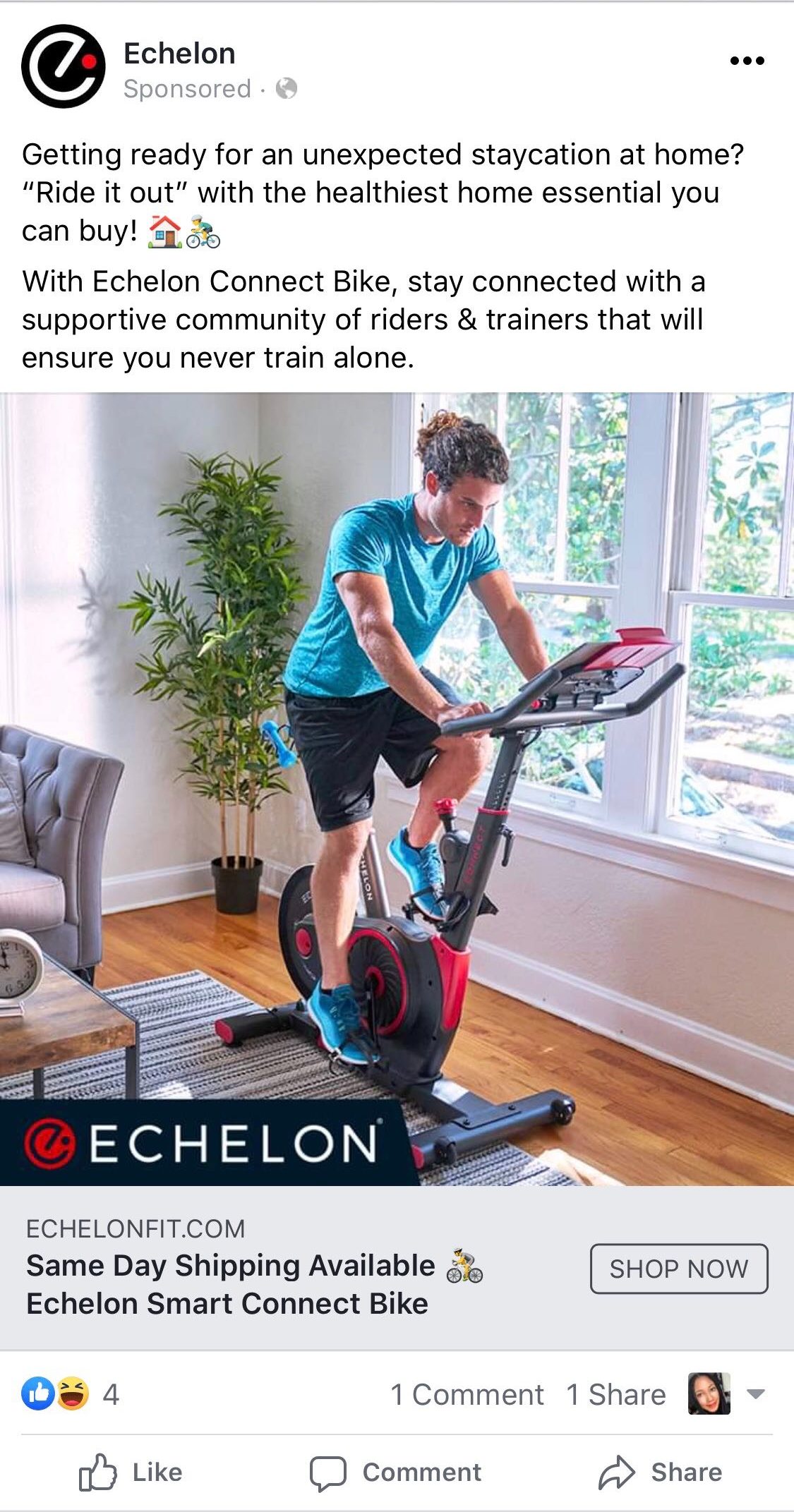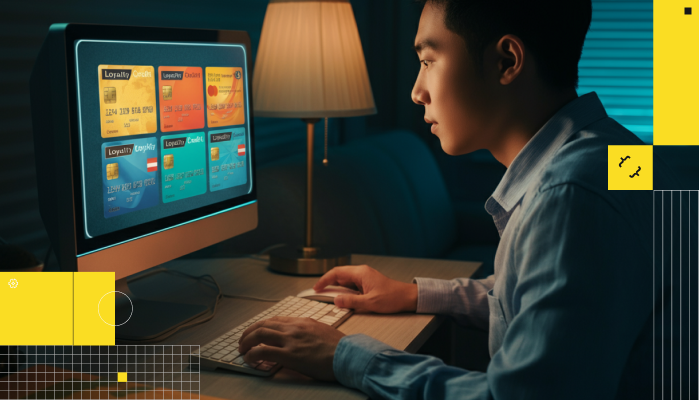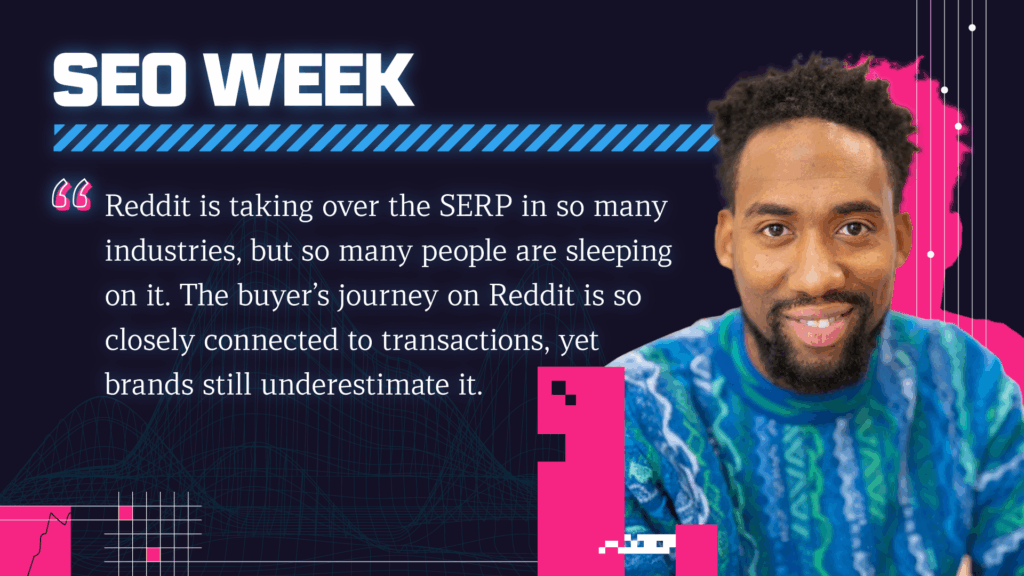The world is on lockdown due to the Coronavirus crisis and while we await news on how and when our lives will return to “normal”, we are navigating our new normal. Record numbers of the population are indoors due to social distancing regulations, the U.S. workforce has packed up their things and moved to work from home, and as a result, things are very, very, very different.
Industries are scrambling to adapt. Museums are offering virtual tours, authors are doing readings via Instagram Live, and world-famous DJs are hosting truly global parties. Zoom meetups are suddenly the “It” thing. It’s novelistic (and hopefully it won’t last forever) but it is also very real and affecting how digital marketers target and reach audiences.
On the one hand, we have everything we’ve ever wanted: a captive audience to market to. On the other hand, all attention is not good attention and with companies in panic mode, adding to the clamor is not always a good look.
As a brand, the million-dollar question is:
How can you pivot your content strategy to deal with global captivity?
Let’s start with the reason we do content.
Let’s keep it real. We create content because we want customers to see it. We want their attention in hopes that that attention will lead to something else. A sale. Email signup. An interaction. Content is the perfect vehicle and when done right can communicate a brand’s message and trigger the desired action.
But in these tumultuous times, attention is not laddering up to action. Or maybe we need to change the actions (more on that later) Let’s be frank: consumers have other things on their minds and if your content is vying for their attention in ways that feel self-serving and predatory then the attention you’ll receive won’t be the kind you want.
Not all attention is good attention.
But I hear you, “consumers are in their homes bored, trying to maintain their daily routines and make the best of this situation. How do we work with what we have?”
Great question. You seek to understand the landscape of captive audiences, and their pressing needs and you pivot your strategy, immediately, to meet those needs.
1. Not all Attention is Created Equal
We’re all home doing the same thing: scrolling through Instagram, binge-watching Netflix, trying new recipes, and home workouts but not all attention is the same. Social media usage and search being what it was pre-Coronavirus, usage rates have shot up, with a 76% increase in daily Instagram likes from influencer agency Obviously, but that usage is highly concentrated around the virus.
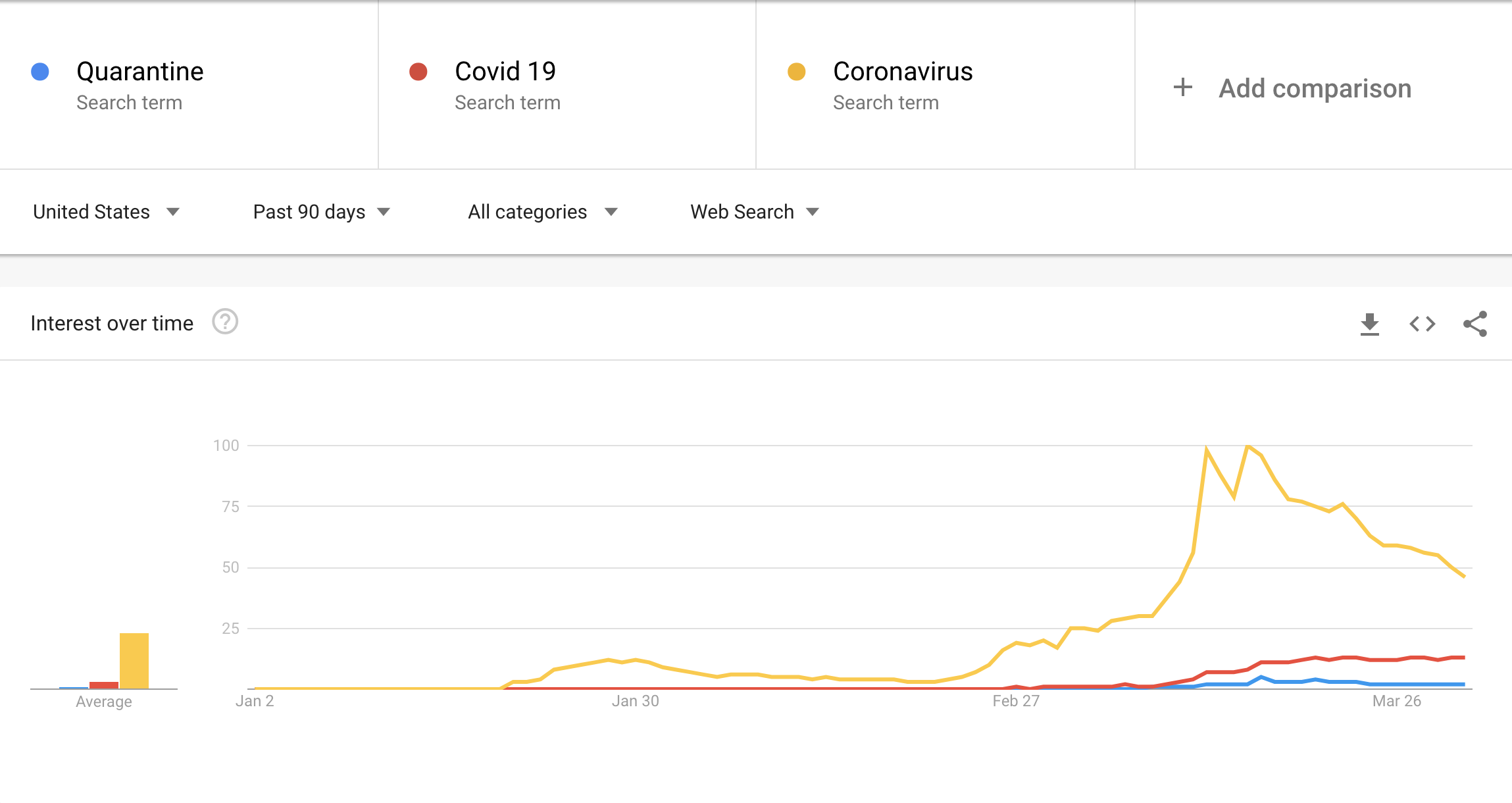
According to Google Trends, searches are “coronavirus”, “covid 19”, and “quarantine” started picking up around early February but saw a peak around March 13- 15, when several schools announced closing, major sports leagues canceled their seasons, and the President banned travel to Europe for 30 days.
Consumers are staying at home but while they’re at home they’re thinking about what’s going on in the world and Google’s Coronavirus Search Trends shows daily searches are continuing to grow around the virus and related trends.
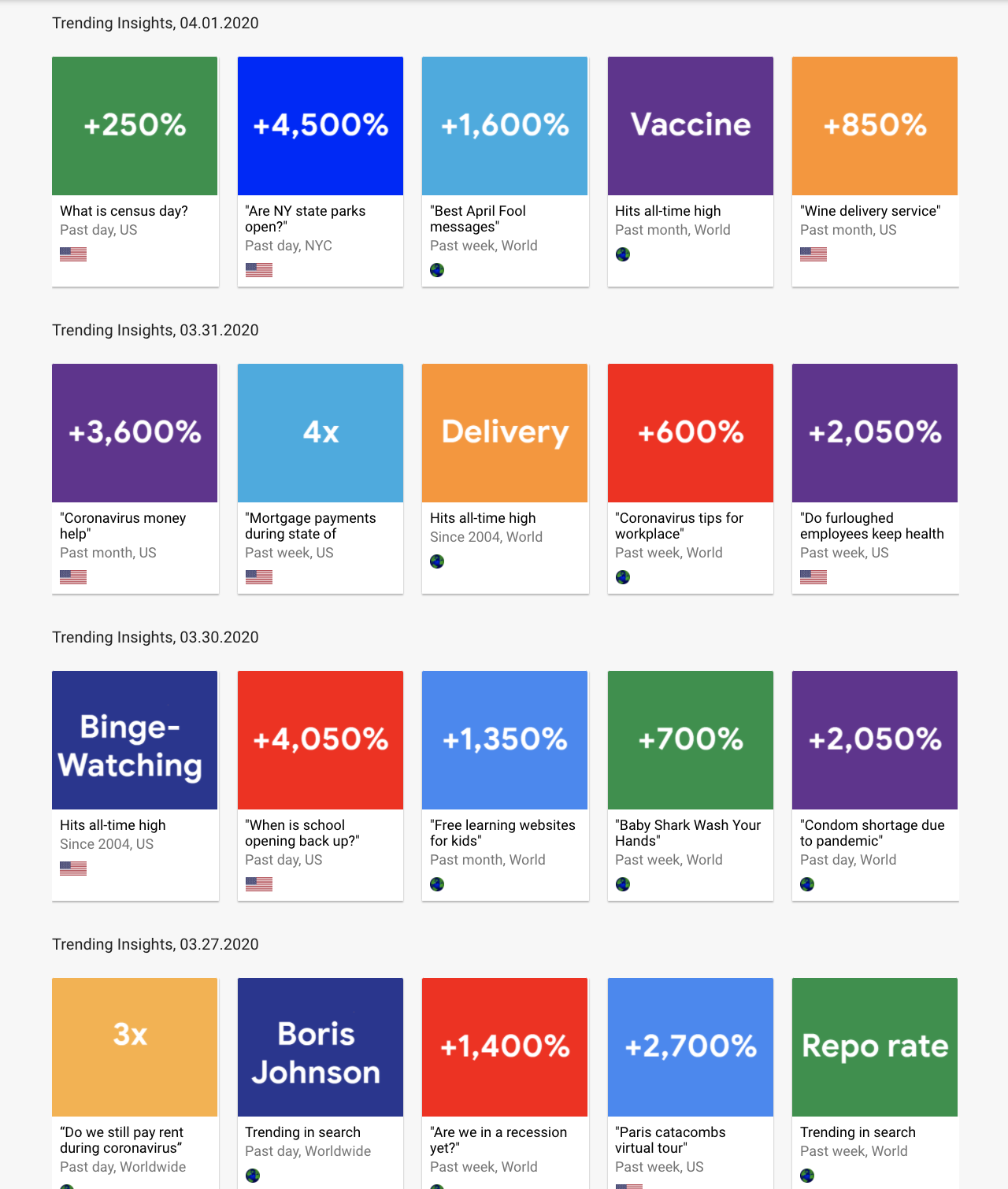
What this means is that even while people are safer at home, their attention is clearly still on what is happening in the news. Your content still needs to stand out to shift their attention if even for a moment.
2. This is a Time of Great Sensitivity
No one wants to be the guy hoarding the hand sanitizer or the insensitive brand that looks upon a global pandemic as a cash cow. People are fearful and they are inundated with information. By making your brand a bright light in this foggy world, you let your customers know that you care about what is happening and if (the big IF) your company has a solution that you’re there for them.
Empathy is needed now more than ever and your content should reflect your brand’s empathetic ethos. Emotional connection is key and consumers need to feel that your brand not only understands their experience but empathizes with it.
3. But Levity is Welcome
This doesn’t mean your communications need to be super serious. It does need to get the hard stuff out of the way first. But captive audiences welcome distraction, information, and entertainment and if your content is positioned well it can be that for them.
How to Pivot your Content Strategy during a Crisis
So now that we understand a bit more of what we’re dealing with, how can (and how do) brands navigate this uncharted territory in their content strategies and execution? There are no hard and fast rules and things are constantly changing but these tactics, when employed with tact, can help your brand ride the deluge of information and reach your audience whether they are captive or not.
Make Room to Go Off Script
Things are crazy and you don’t want your brand to be the dog in the room on fire saying “This is Fine.” (Or maybe you use this as a funny meme)

This is not the time to adhere too strongly to business as usual when it comes to communicating with your customers. Every content strategy should allow for flexibility and space to create content around crises. Think about your PR and customer service teams. Leverage their response guides when dealing with serious customer concerns. Create a space in your content calendar and promotional content to address any customer concerns around the Coronavirus. Cue up an email that speaks empathetically to your audience and lets them know how your company is responding to these changing times.
Ask yourself: Have we devised a response strategy to customers’ concerns? Are we monitoring our response channels to learn what is troubling our audience most?
Address the Elephant in the Room
Everyone is talking about the Coronavirus and your brand/business should have a position as well. In light of serious consumer concerns over delivery, strikes over hazardous working conditions, and thousands of small businesses forced to close their doors, it’s shrewd for a business to make it clear how they are planning to deal with the circumstances. In the media, we’re seeing brands being held to task for their handling of the COVID-19 crisis, namely essential services such as grocery stores/markets and delivery services.
Due to its handling, popular delivery services Instacart and Amazon have prompted strikes that are garnering tremendous support. While the markets are cornered and many people who can’t leave their homes rely on these services, I imagine the fallout for these brands in the aftermath will not be pretty.
While your company may be a non-essential service at the moment, your customers and potential customers should feel confident that you are a compassionate and empathetic brand. You can display this by addressing the issue and how it may affect your business and customers.
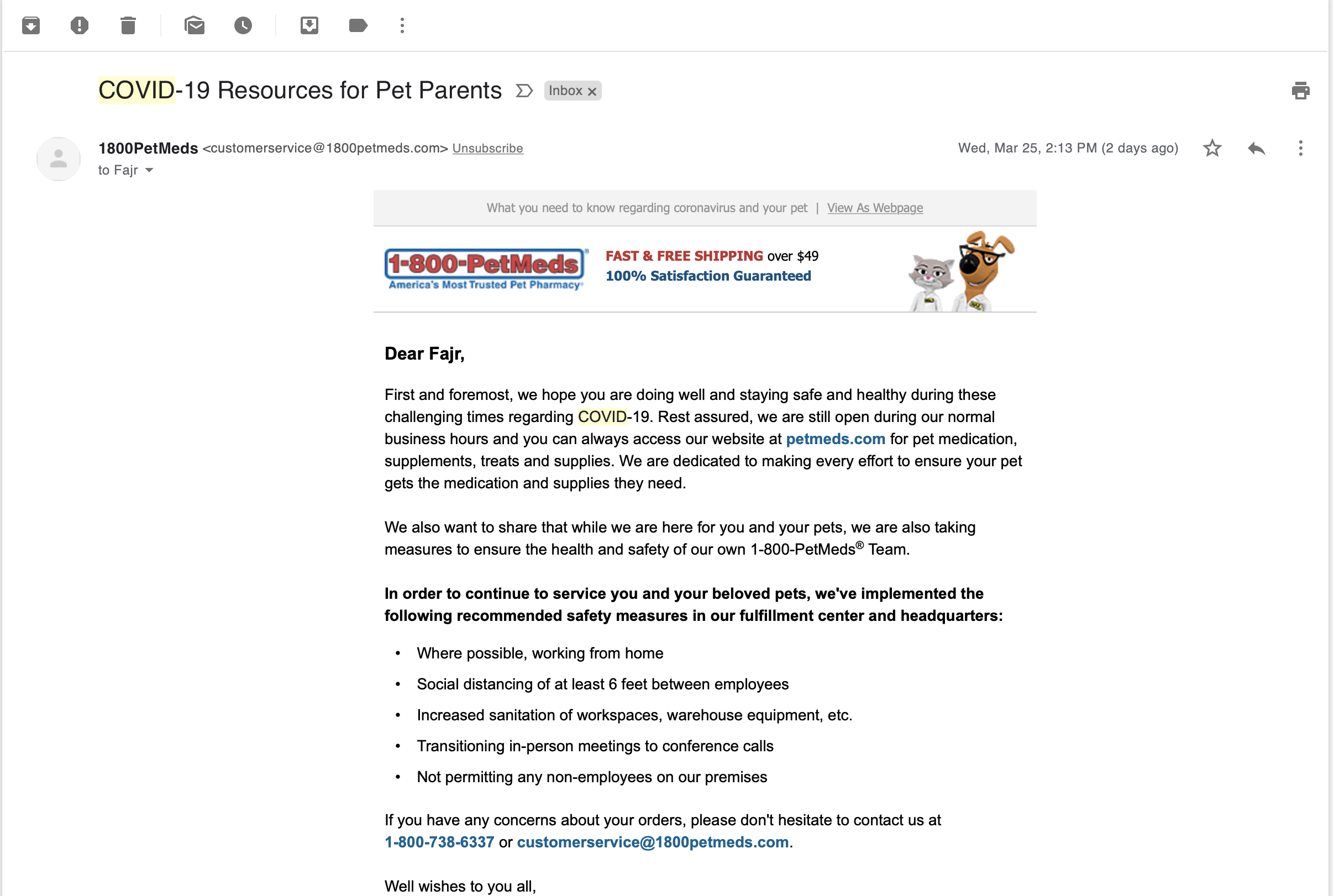
This email from 1-800-PetMeds clearly addressed the virus and the concerns I, as a pet parent, might have. It reassured me that they are taking precautions as a company to ensure that my pet can still get the medicine he/she may need and follow necessary safety recommendations for their workers. If I were a stressed consumer, this email has erased one concern from my plate. Job, well done.
Ask yourself: Has our brand spoken directly to our customers regarding the situation? Has it spoken empathetically and inspired confidence?
Be a Resource & Show How You Can Help
Since every company is sending COVID-19 emails you want your content to stand out. Instead of simply parroting the standard CDC information or offering boilerplate delivery notices, try to be a resource in these troubling times. To continue with Pet Meds, they provided me with a clear list of articles specific to dealing with Coronavirus with a pet.
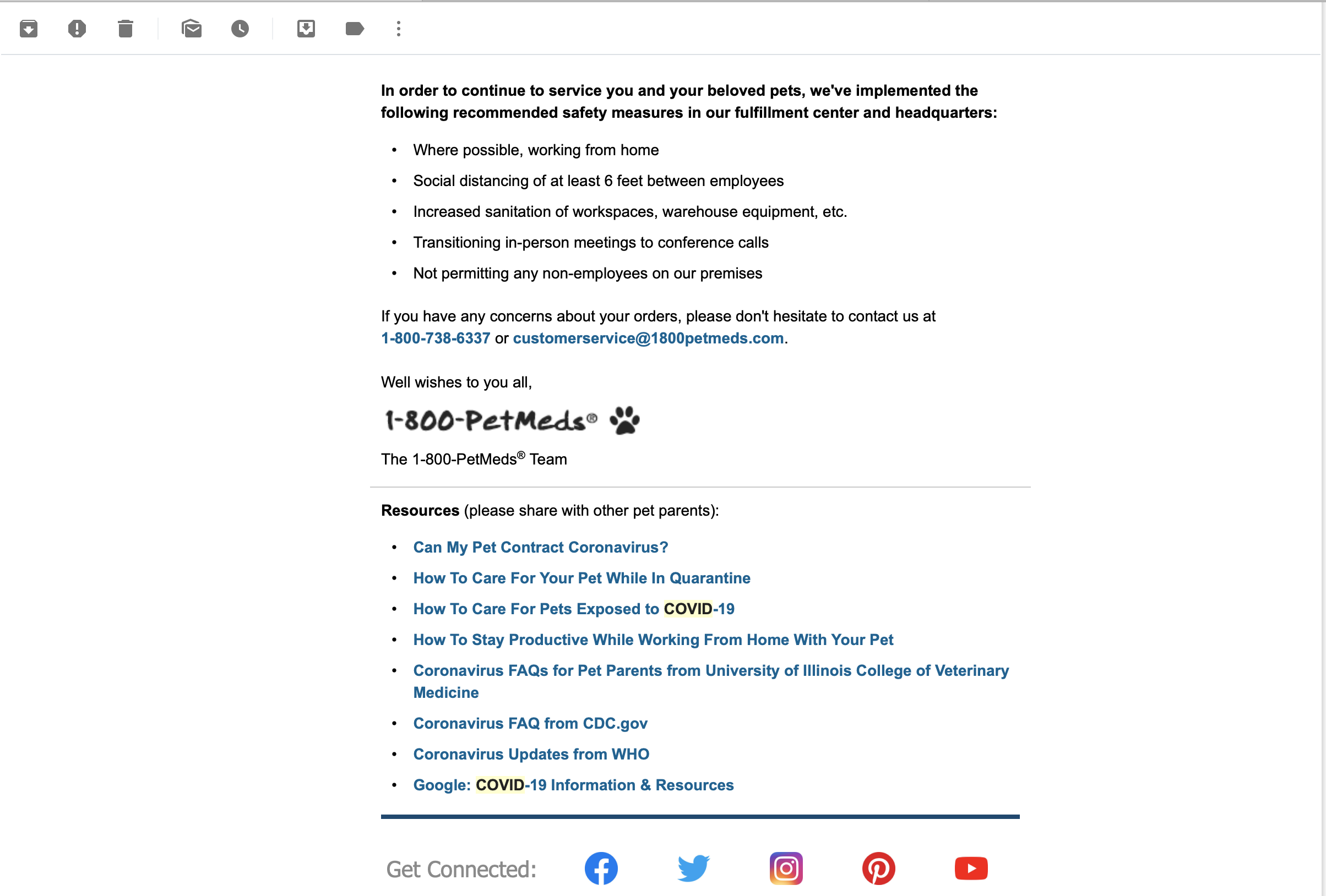
This isn’t a wide-sweeping PR statement but a proactive resource for their customers.
Fitness app MyFitnessPal is also providing value to its customers with in-app content around at-home workouts, recipes, and videos. This may not explicitly mention the virus but it speaks directly to the customer’s need for ways to stay fit and healthy while under social distancing.
Ask yourself: Have we provided useful resources around our customers’ specific needs/concerns?
Now Is Not the Time for Experimentation
With so much instability in the world, now is not the time to get overly experimental with your content or communications. Be mindful of the context of everything you send out and check it against the barometers of good taste at this moment. Images of people interacting would be tasteless. The unfortunately named Corona Beer is still airing commercials of sandy beaches and partiers drinking Corona beer. The brand association has been a joke for the last few months and it has taken a decidedly silent approach, racking up the brand mentions on social media and apparently a surge in sales.
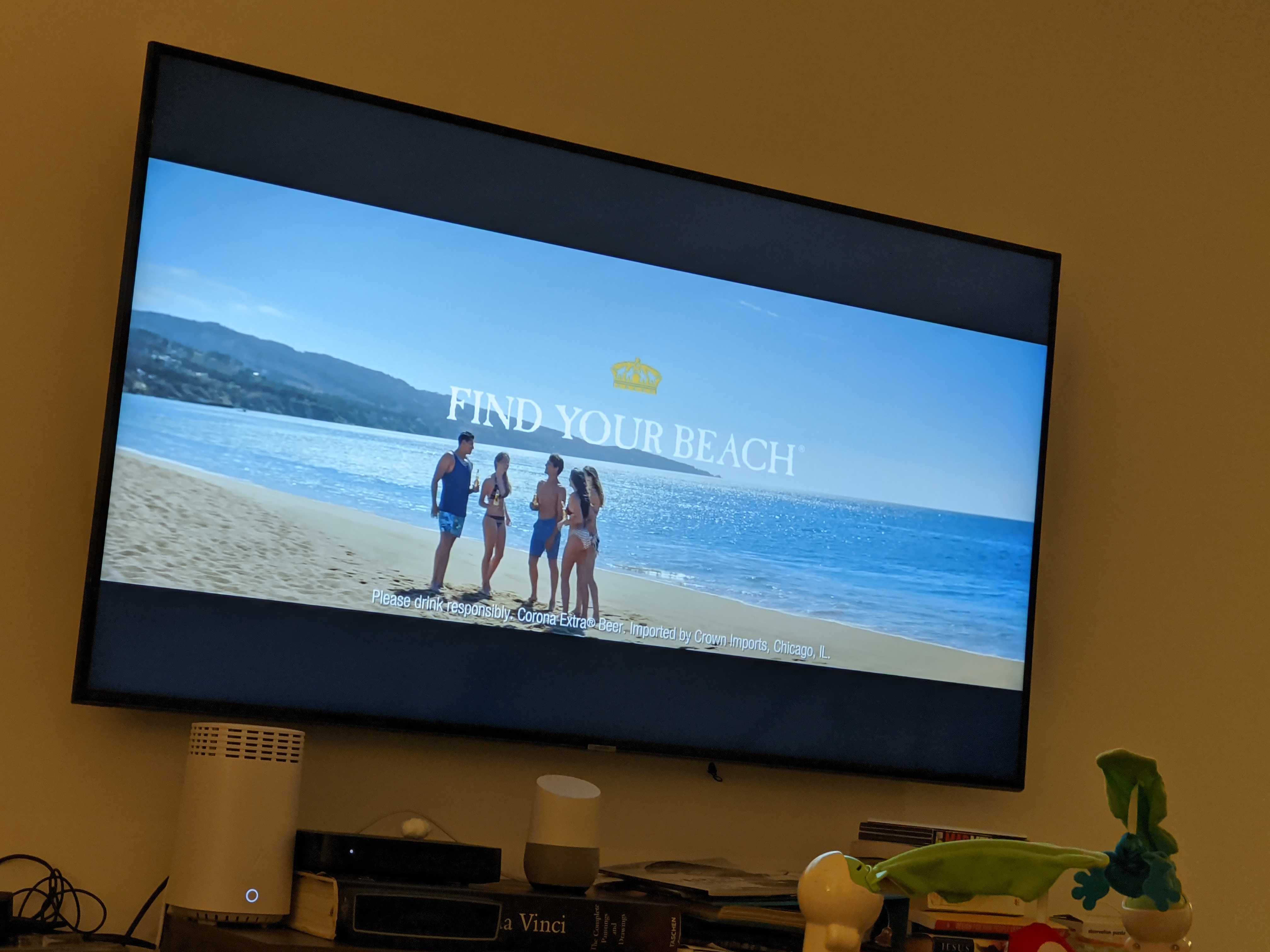
Not every brand will get the beer treatment and thus they should QA all content and campaigns. What was acceptable a week ago may no longer be and you don’t want your brand to appear or, worse, be tone-deaf.
Ask yourself: Is there any pre-existing content that may be too dicey to launch during this time? Are our current communications in line with what is going on today?
Think Mobile
The world is shrinking and right now huge portions are at home. Content needs to speak to this isolation and be digestible from the places that people have available: TVs, desktops, and mobile. While attention is abundant, attention spans are shortened and content should be made micro to encourage engagement but to not overwhelm consumers.
Not surprisingly, data usage is up with mobile usage up nearly 50% year over year. This extends well beyond social media and having a mobile-friendly site and online presence is more important than ever. This presents a great opportunity for tie-ins to mobile apps and to gauge how consumers are interacting with your existing mobile experience. Primarily mobile experiences, online dating apps Bumble and Tinder have seen an increase in conversations and usage with Tinder offering a promotion on its Passport service for international matches until April 30th.
Ask yourself: What larger content pieces do we have that can be made micro? Is our content mobile-optimized?
Make Entertaining a Priority
Since Safe at Home orders have been extended until April 30th and as a brand you’ve gotten the initial response out of the way, there is room now for fun. During troubled times, consumers are looking for more than simply concern. They also want to feel better about the state of things. While your brand can’t change things, it can entertain and provide audiences with memorable content.
Nike’s Play Inside campaign leverages athletes including Tiger Woods, Christiano Ronaldo, and Serena Williams to spread the social distancing cause.

Skillshare is offering 2 months free on its learning platform for high school and college students.
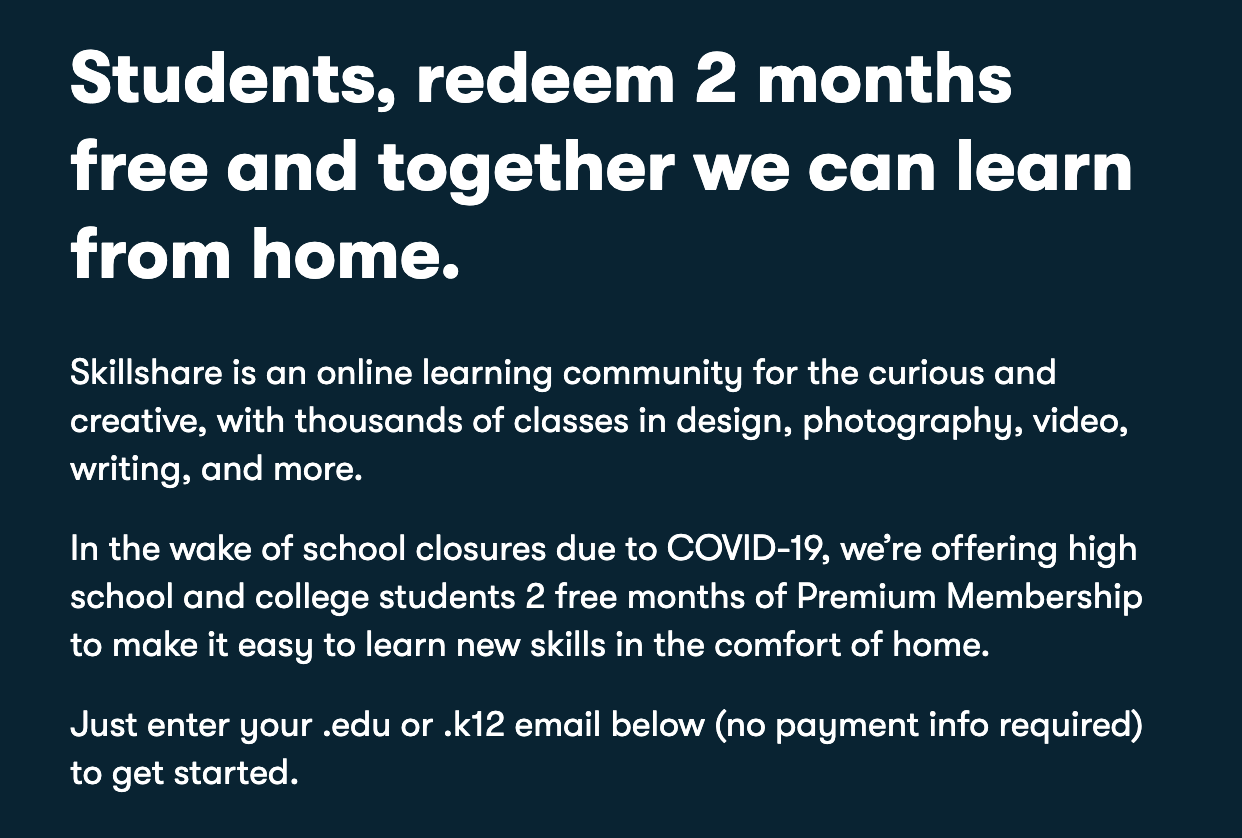
Chipotle has offered Chipotle Together Zoom Lunch Hangout
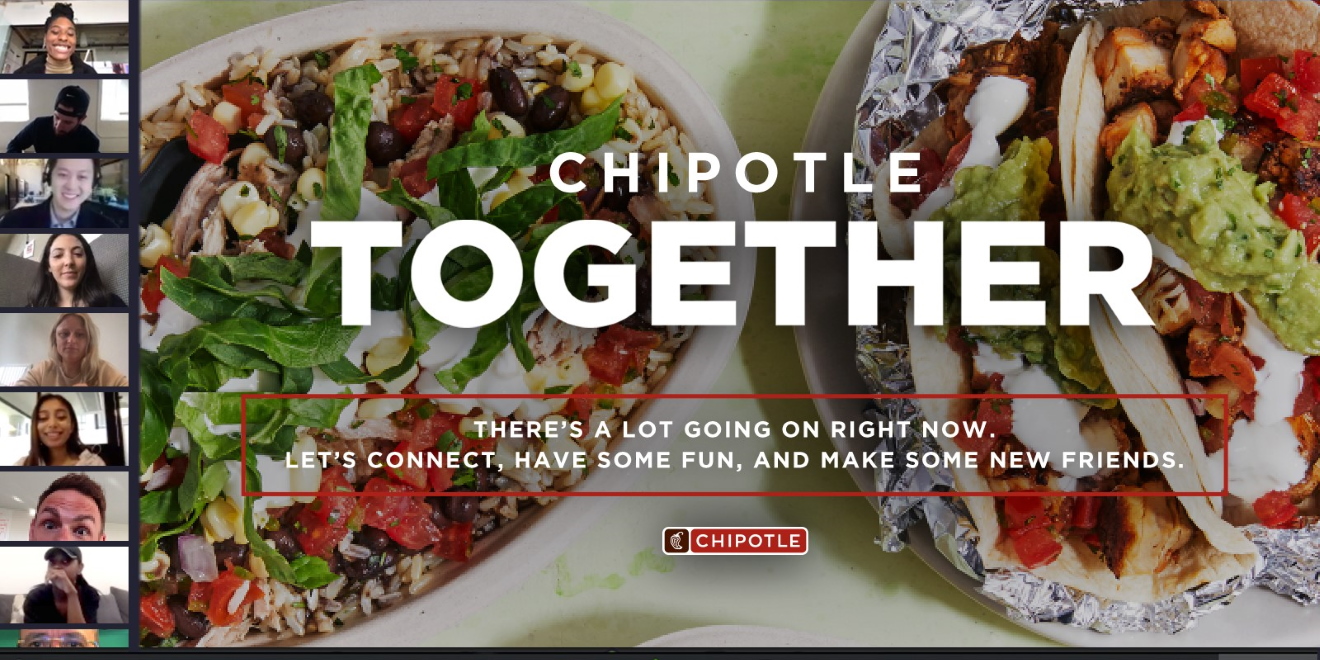
Try Video & Yes We Mean TikTok Too
If you haven’t leveraged video in your content strategy, now is the time. In a recent survey from Hubspot, 54% of respondents said they preferred to see video content from brands/businesses. Video cuts through the noise and now with collective audiences viewing content as a true community, (hello, Tiger King) your video content has a higher shot of being consumed.
The entire world is on Zoom, so leveraging that platform can be a way into the conversation, like creating branded Zoom backgrounds or translating your usual slick video content to a work-from-home setup can show solidarity with the rest of the world. Everyone is on TikTok and the platform has been touted as not only an escape but a COVID-19 information hub. Brands can work with influencers to create TikTok specific content to keep their audiences entertained.
Ask yourself: What assets do we have that can be shot virtually? How can we use existing video platforms to get in on the fun?
Sell but Gently & with Intention
This is hard on consumers and businesses alike, including yours. So calls to action and sales should be qualified and tonally should speak to the great benefit that your product/service offers. If your delivery service is still reliable at this time, promote that advantage. If you are offering discounts for existing customers during this economic downturn, let your customers know. Sales and deals make great offers during times of income insecurity and great needs.
At-Home Fitness brand Echelon has been promoting special offers including same-day shipping, 0 Down, and free Apple iPad with purchase.
Ask yourself: Is this offer cognizant of the global situation?
Lead with Empathy
We’ve talked a lot about showing empathy in communications and honestly, so many companies are showing solidarity with essential workers and furlough and laid-off workers around the country. Content marketing is a great way to get your message across while building trust with audiences, no matter the current situation.
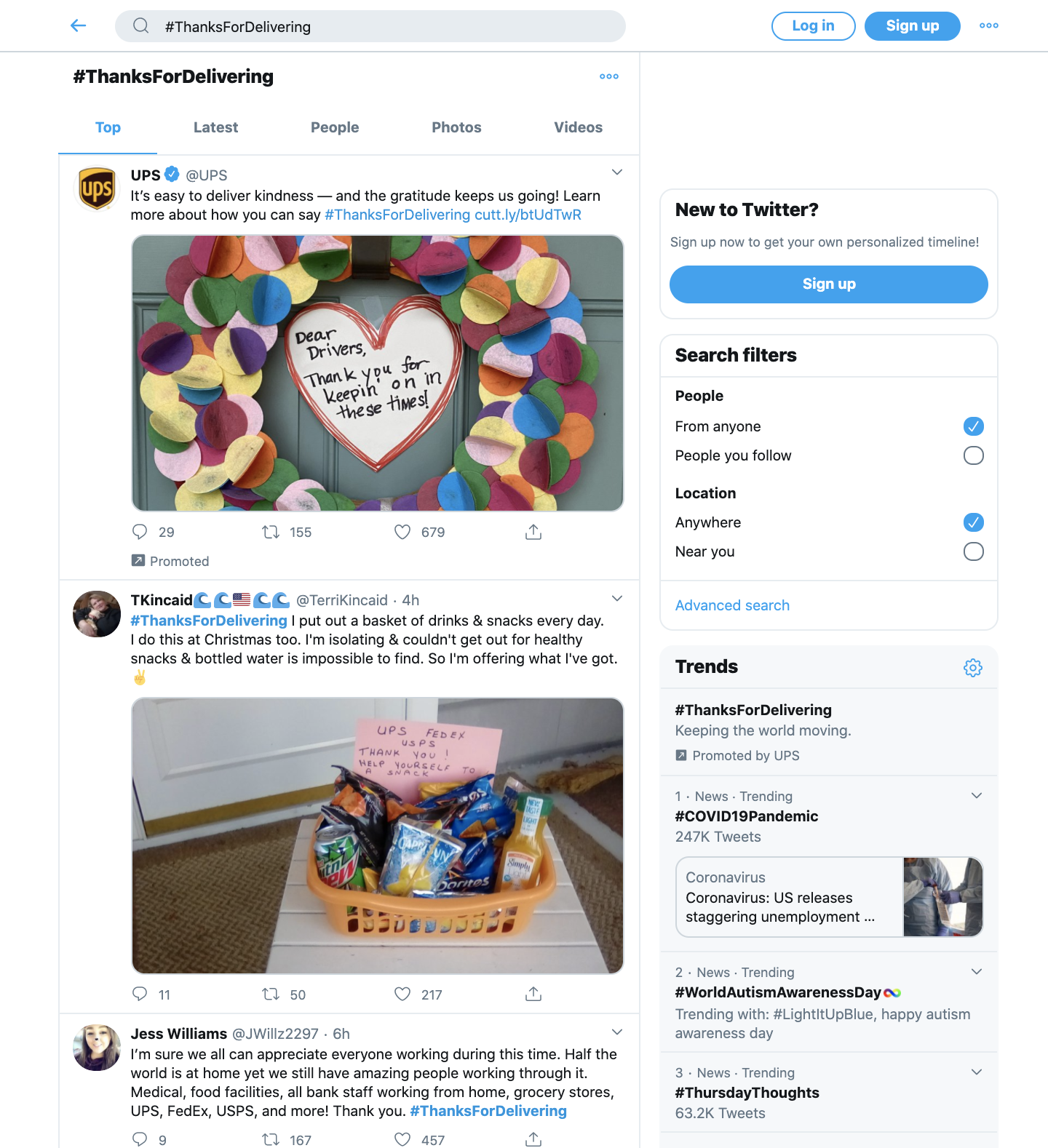
The hashtag #ThanksforDelivering was sponsored by UPS and shows a brand speaking directly to its workers, its customers, and about the moment in time when we’re all a unified, captive community.
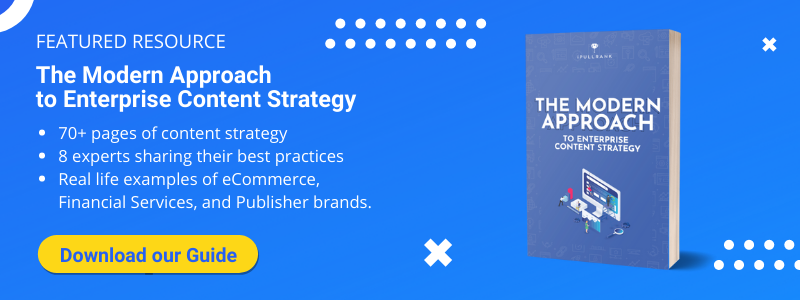
What great examples of empathetic content marketing have you seen? Please share below or tweet us @ipullrankagency with the hashtag #contentempathy


